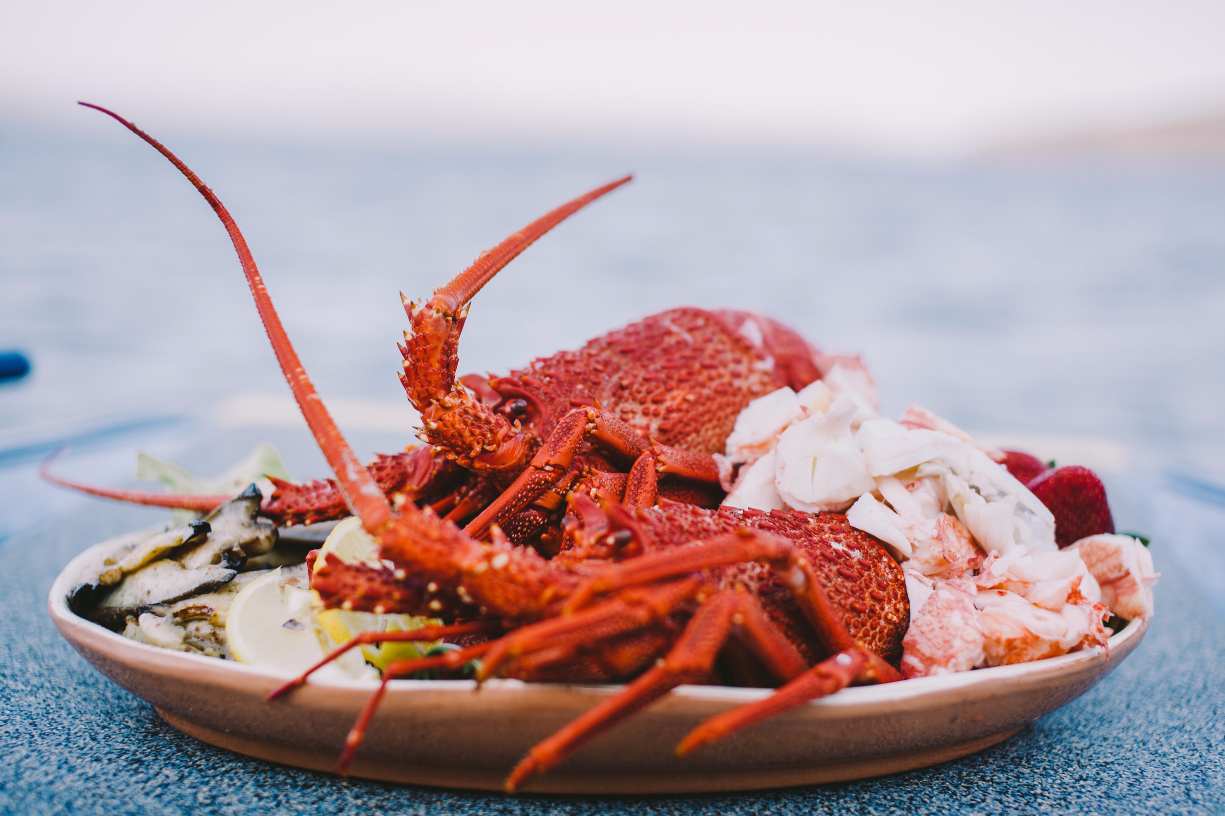Conservation in the Great Barrier Reef has emerged as one of the world’s most critical environmental missions, aimed at protecting an ecosystem that spans over 344,400 square kilometers and houses more than 9,000 marine species. As climate change, pollution, and overfishing continue to strain this natural wonder, scientists, Indigenous custodians, conservationists, and governments are uniting in unprecedented ways to ensure its survival. Recognized as a UNESCO World Heritage Site, the reef is not only a symbol of marine biodiversity but also a vital economic and cultural resource. Efforts by organizations such as the Great Barrier Reef Marine Park Authority and Australian Institute of Marine Science are focused on understanding the reef’s health, managing threats, and restoring its damaged regions through innovative, science-backed approaches.
In recent years, coral bleaching has devastated large parts of the reef, with surveys showing that more than 91% of corals experienced bleaching in 2022 alone. This widespread loss is largely attributed to global warming and marine heatwaves. To combat this, restoration programs are being implemented, including techniques like coral IVF and re-seeding of damaged reefs. These efforts are supported by global climate research centers such as the National Oceanic and Atmospheric Administration and the Commonwealth Scientific and Industrial Research Organisation (CSIRO), both of which provide data modeling and predictive analytics crucial to reef management.
Beyond coral, marine biodiversity underpins the reef’s ecological stability. From sea turtles to dugongs, marine life faces escalating threats due to habitat loss and pollution. Conservation programs managed by the World Wildlife Fund Australia are actively working on turtle nest protection and reducing fishing bycatch. The reef’s seagrass meadows, mangroves, and coral networks form interdependent systems that require integrated conservation models, such as those designed by the International Union for Conservation of Nature. In these programs, biodiversity is safeguarded not just through law but through real-time monitoring and rapid response to environmental shifts.
Integral to these strategies is the inclusion of Indigenous ecological knowledge. Aboriginal and Torres Strait Islander communities, with their profound spiritual and ecological ties to the reef, are increasingly being recognized as co-managers. Their practices—centered on seasonal awareness, respectful harvesting, and marine lore—are now being merged with scientific research through co-management frameworks led by agencies like the Department of Climate Change, Energy, the Environment and Water. This culturally sensitive approach helps bridge modern science with ancient stewardship, enhancing both effectiveness and equity in reef conservation.
The reef’s challenges are numerous—climate change, agricultural runoff, invasive species like the Crown-of-Thorns Starfish, and unsustainable tourism practices. Still, hope remains through collaborative action, such as the Reef 2050 Plan, a multi-billion-dollar strategy endorsed by the Australian Government and supported by conservation groups like Greenpeace Australia Pacific. From regulating fishing zones to educating divers and tourists, the commitment to Conservation in the Great Barrier Reef is reshaping environmental management on a global scale.
Protecting Coral Ecosystems: Strategies and Success Stories
Coral Bleaching and Restoration Efforts
The phenomenon of coral bleaching has escalated dramatically over the past decade, with the Great Barrier Reef experiencing five major bleaching events since 1998. In 2016 and 2017 alone, back-to-back marine heatwaves led to the death of about 50% of shallow-water corals in the northern and central sections. As part of Conservation in the Great Barrier Reef, large-scale coral restoration initiatives, such as “Coral IVF” (in vitro fertilization of coral larvae), have been piloted. These techniques show promise in regenerating damaged reefs by reseeding bleached areas with lab-reared coral larvae.
Crown-of-Thorns Starfish Control
One of the most pressing threats to coral is the Crown-of-Thorns Starfish (COTS), responsible for nearly 42% of coral loss since 1985. The Australian Government’s COTS Control Program has removed more than 750,000 starfish to date. These efforts are crucial to Conservation in the Great Barrier Reef, as unchecked outbreaks of COTS can devastate coral colonies rapidly.
Marine Protected Zones and No-Take Areas
To limit human impact, over 33% of the Great Barrier Reef Marine Park is designated as “no-take” zones, where fishing and extractive activities are prohibited. These areas have shown up to 2.5 times more fish biomass than non-protected zones, supporting healthier reef ecosystems and allowing coral species to thrive.
Pollution Reduction Programs
Runoff from agriculture contributes to coral stress by introducing nutrients and sediments. The Reef 2050 Water Quality Improvement Plan has helped reduce nitrogen runoff by over 26% and pesticide runoff by over 56% since its inception. These actions are pivotal for preserving coral health and maintaining the delicate balance required for reef ecosystems.
Community Engagement and Citizen Science
Over 11,000 volunteers participate in community monitoring programs like Eye on the Reef, helping to collect data and report reef conditions. Citizen science plays an essential role in tracking reef health and fostering public responsibility, a key element in long-term conservation strategies.
The Role of Indigenous Knowledge in Reef Conservation
Traditional Ecological Knowledge (TEK)
Indigenous Australians have stewarded the lands and seas for tens of thousands of years. Their Traditional Ecological Knowledge (TEK) encompasses holistic practices that integrate biodiversity, seasonal cycles, and spiritual understanding. Within the framework of Conservation in the Great Barrier Reef, TEK is now being incorporated into marine management plans to enhance resilience and sustainability.
Ranger Programs and Sea Country Management
There are currently over 150 Indigenous rangers managing “Sea Country,” traditional maritime territories across the reef. These rangers conduct surveillance, monitor ecosystems, and remove marine debris. Their role has expanded since 2007, with the Australian Government allocating over $50 million to Indigenous ranger programs, reinforcing the connection between heritage and conservation.
Fire Management Techniques Translated to Reef Contexts
Although traditionally used in terrestrial contexts, Indigenous fire management techniques — controlled, seasonal burns — have inspired reef scientists to explore analogous strategies in marine ecosystems. The logic of controlled disturbances is being examined for coral rejuvenation and balancing species dominance as part of Conservation in the Great Barrier Reef.
Cultural Protocols for Resource Use
Many Indigenous groups adhere to cultural restrictions on fishing and harvesting during specific seasons. These customs mirror modern conservation methods, offering insight into how traditional protocols can contribute to resource sustainability. Documenting and respecting these traditions helps form a richer, more inclusive conservation policy.
Collaborative Management Models
Co-management agreements between Traditional Owners and agencies like the Great Barrier Reef Marine Park Authority have proven successful. In 2023, 25 Indigenous Land Use Agreements (ILUAs) were in effect, covering significant reef zones. These collaborative frameworks are vital for respecting Indigenous rights while achieving broader environmental goals.
Climate Change and Its Impact on the Great Barrier Reef
Rising Ocean Temperatures and Coral Bleaching
One of the most visible consequences of climate change is coral bleaching, which occurs when sea temperatures rise above 30°C for prolonged periods. According to the Australian Institute of Marine Science (AIMS), 91% of the reef experienced bleaching in 2022. This alarming trend continues to undermine Conservation in the Great Barrier Reef, despite global efforts to limit carbon emissions.
Ocean Acidification
With the ocean absorbing nearly 30% of global CO₂ emissions, acidity levels are rising, threatening calcium carbonate formation — the backbone of coral structures. AIMS reports a 14% reduction in calcification rates since the 1990s. Ocean acidification disrupts coral growth and reproductive success, creating a significant barrier to reef recovery and resilience.
Extreme Weather Events
Climate change also increases the frequency and intensity of tropical cyclones. Cyclone Yasi in 2011 alone destroyed coral over 13% of the Great Barrier Reef’s total area. These storms not only damage coral but also alter sediment distribution and salinity levels, complicating recovery efforts vital for Conservation in the Great Barrier Reef.
Sea Level Rise and Coastal Erosion
Sea levels have risen by approximately 2.6mm per year in the region over the last two decades, leading to increased coastal erosion and habitat loss. Mangroves and seagrass beds — essential buffers for the reef — are being submerged or degraded, undermining biodiversity protection.
Greenhouse Gas Emission Policies and Global Responsibility
Despite Australia’s commitment to net-zero emissions by 2050, the country remains one of the top 20 emitters globally. Experts urge that limiting global temperature rise to 1.5°C is critical for reef survival. International cooperation and rapid decarbonization remain non-negotiable components in ensuring the future of the Great Barrier Reef.
Marine Life Preservation: Safeguarding Biodiversity Beneath the Waves
Iconic Species Under Threat
The reef is home to over 1,500 species of fish, 30 species of whales and dolphins, and six species of sea turtles, all of which depend on healthy coral ecosystems. Dugongs and the endangered green sea turtle are particularly vulnerable. Conservation in the Great Barrier Reef involves habitat protection and breeding programs to prevent these species from disappearing.
Seagrass and Mangrove Protection
Seagrass meadows and mangrove forests support juvenile fish, dugongs, and turtles. According to the Great Barrier Reef Marine Park Authority, dugongs depend on over 60,000 hectares of seagrass for food. Yet, sedimentation and runoff threaten these habitats. Restoration projects have successfully re-planted over 150 hectares of seagrass since 2015.
Fishing Regulations and Bycatch Reduction
Sustainable fishing practices are essential to maintaining the reef’s biodiversity. The Queensland Government has introduced net-free zones and gear restrictions, helping reduce bycatch by over 50%. These actions align with the goals of Conservation in the Great Barrier Reef, balancing commercial interests with ecological health.
Marine Turtle Conservation Programs
Turtle nesting sites are being protected through partnerships with local communities and rangers. In 2023 alone, over 4,000 turtle nests were monitored, with interventions made to shield eggs from predators and flooding. These measures have significantly improved hatchling survival rates for endangered species.
Monitoring Programs and Data-Driven Actions
Over 90 permanent monitoring sites collect data on fish, coral, and invertebrate populations. The Reef Joint Field Management Program uses drones and underwater robots to enhance survey efficiency. This technology-driven approach helps detect threats early and implement timely solutions, supporting long-term reef health.




